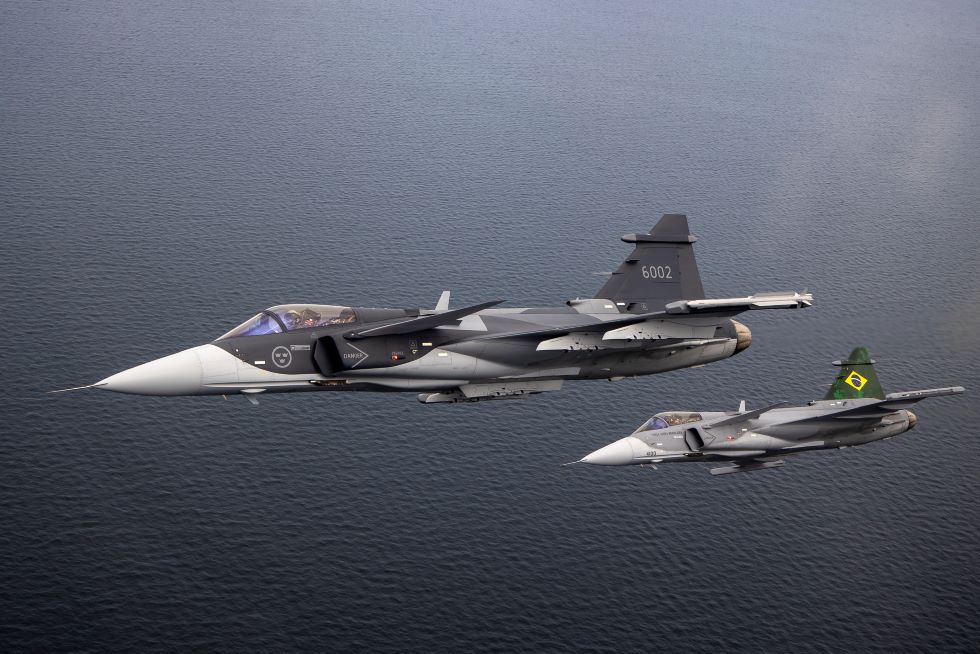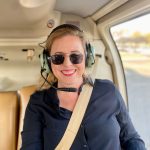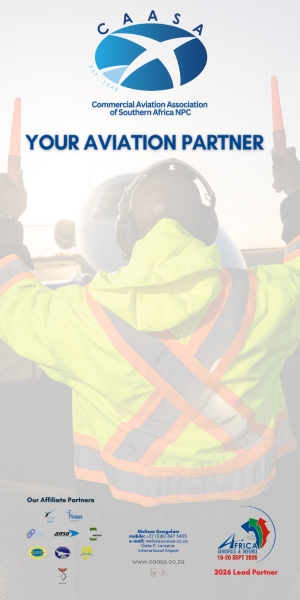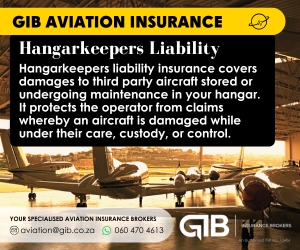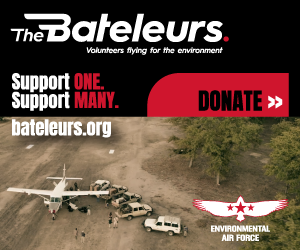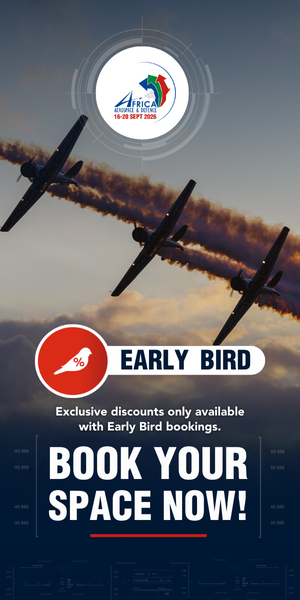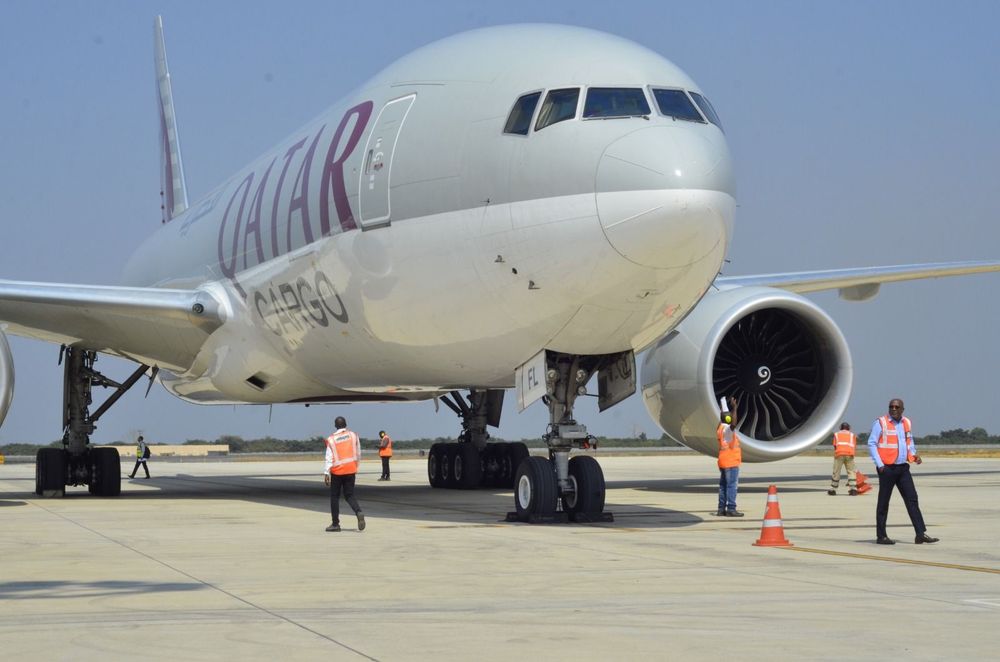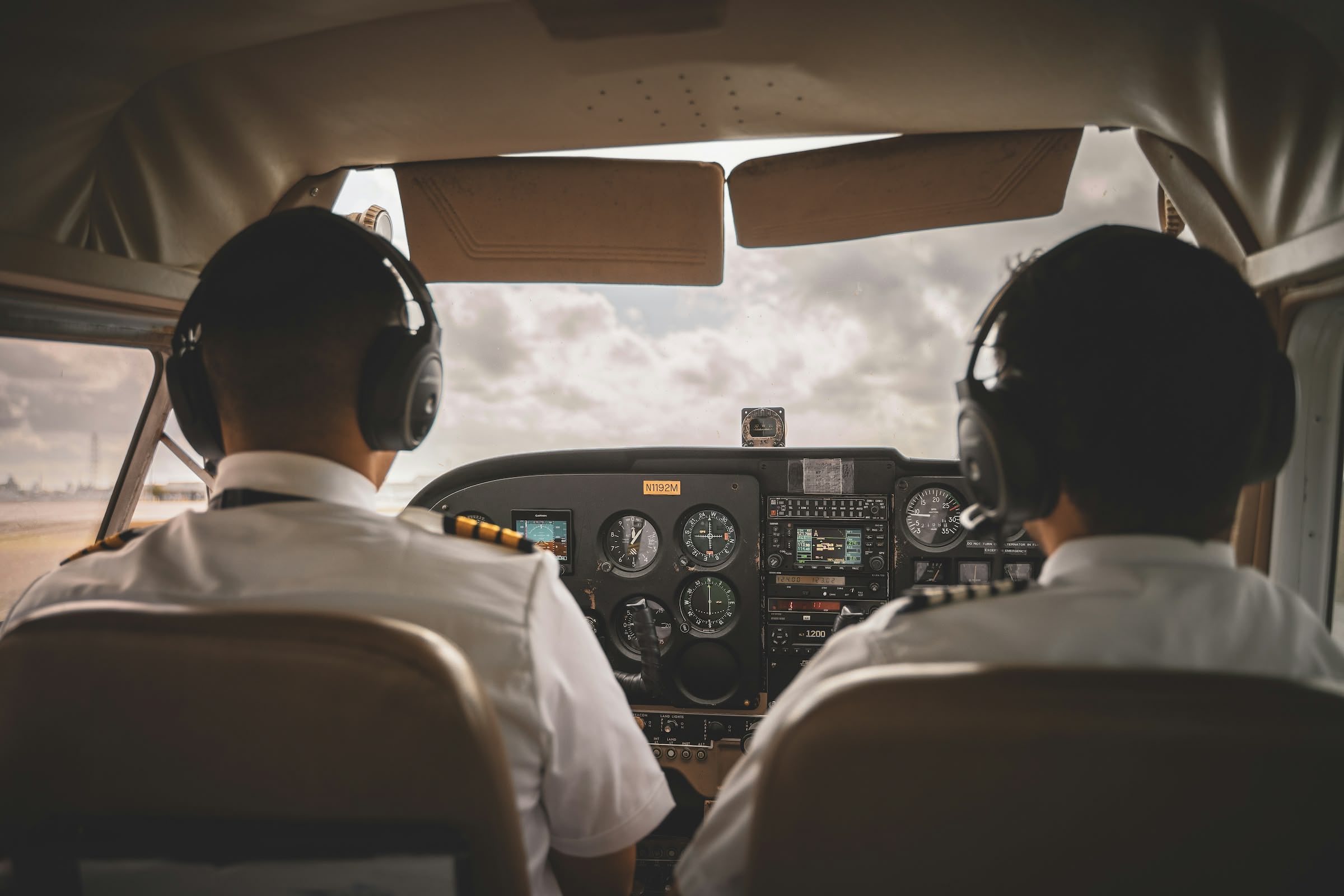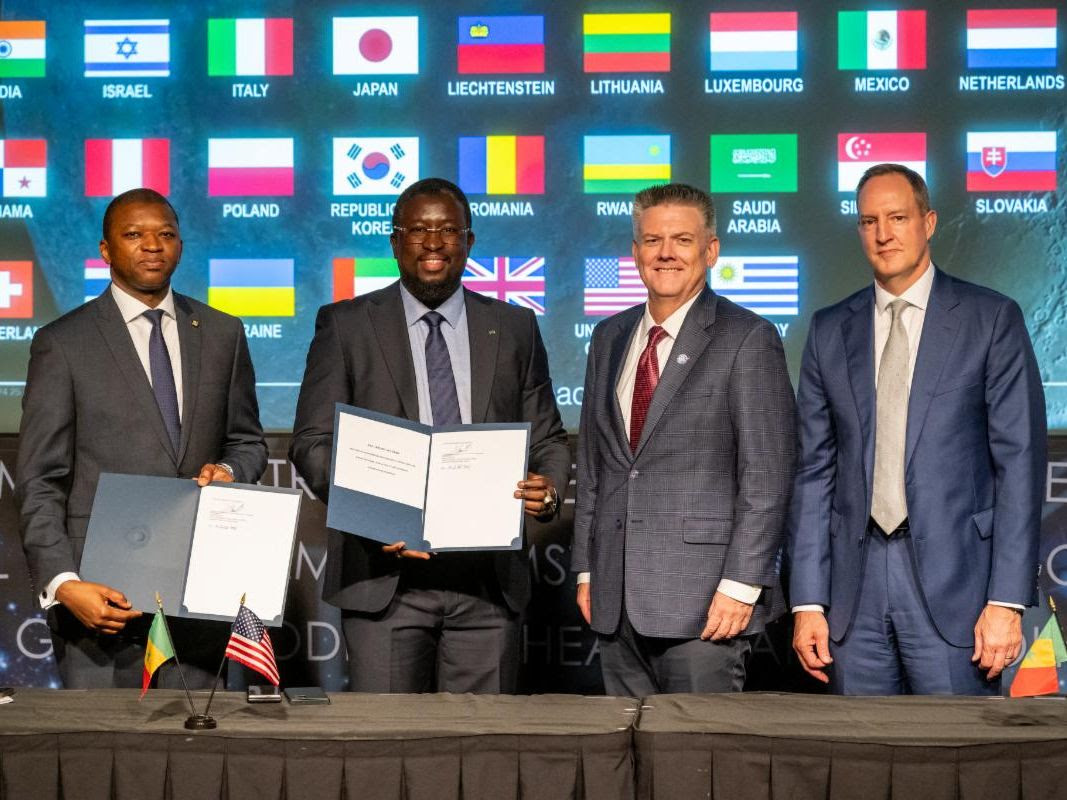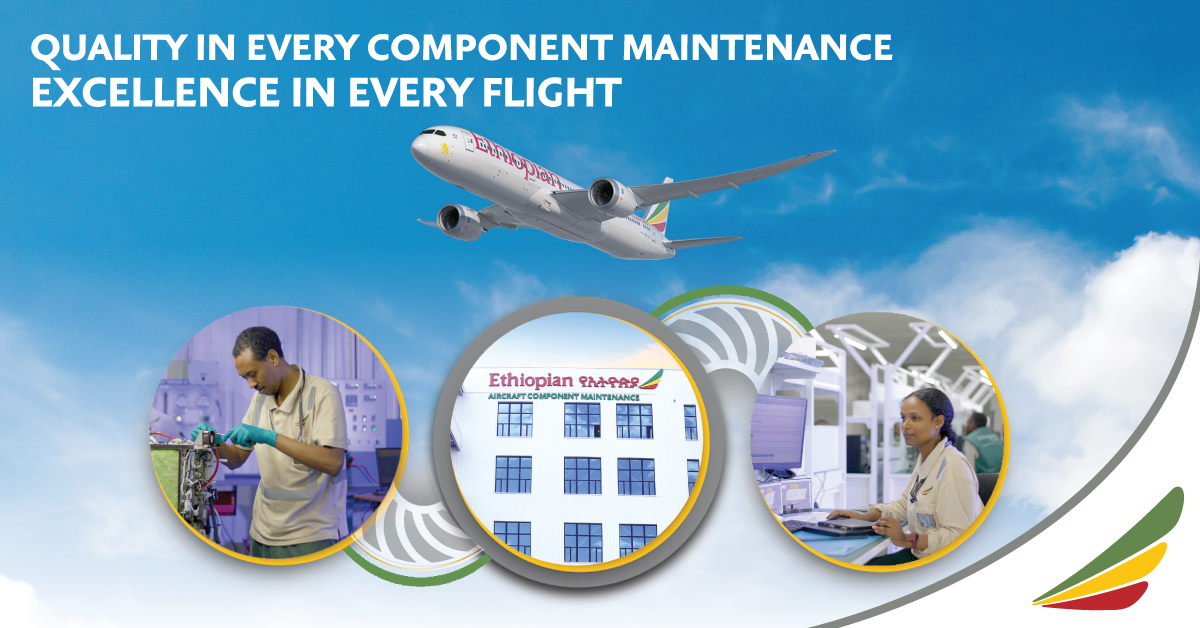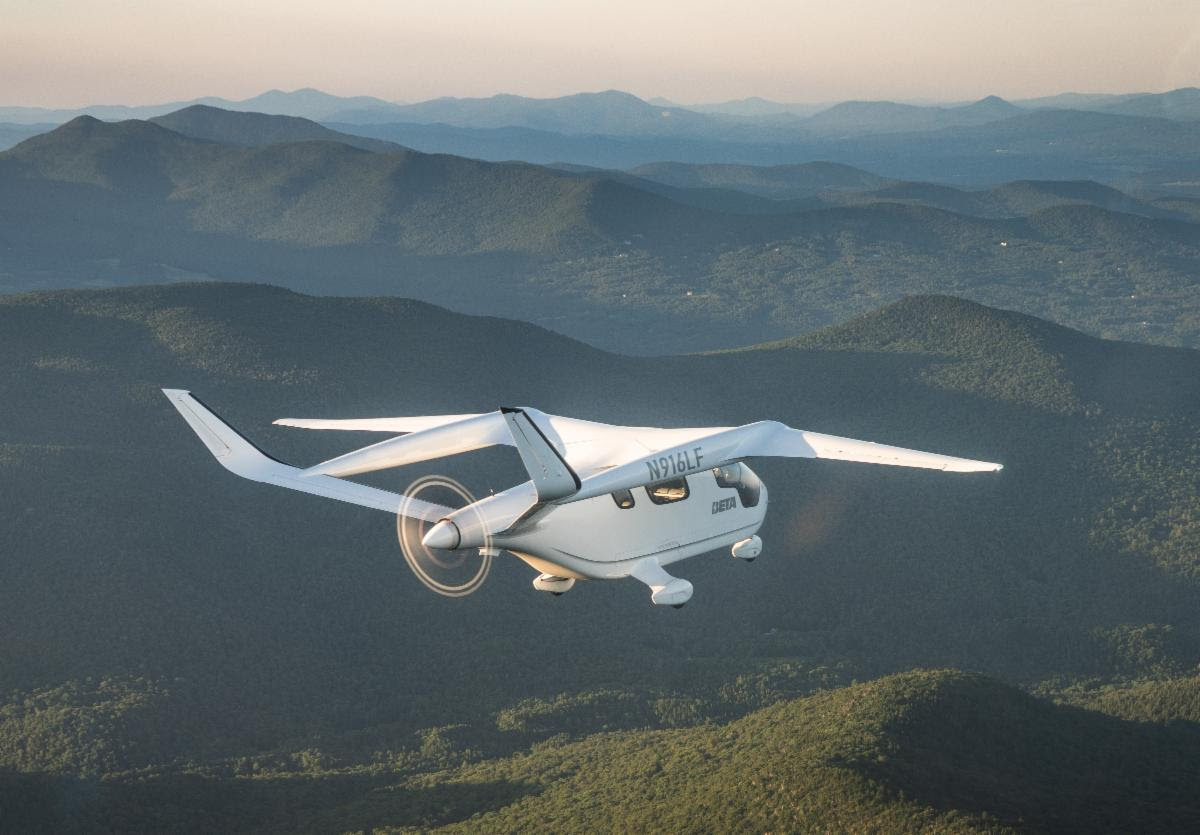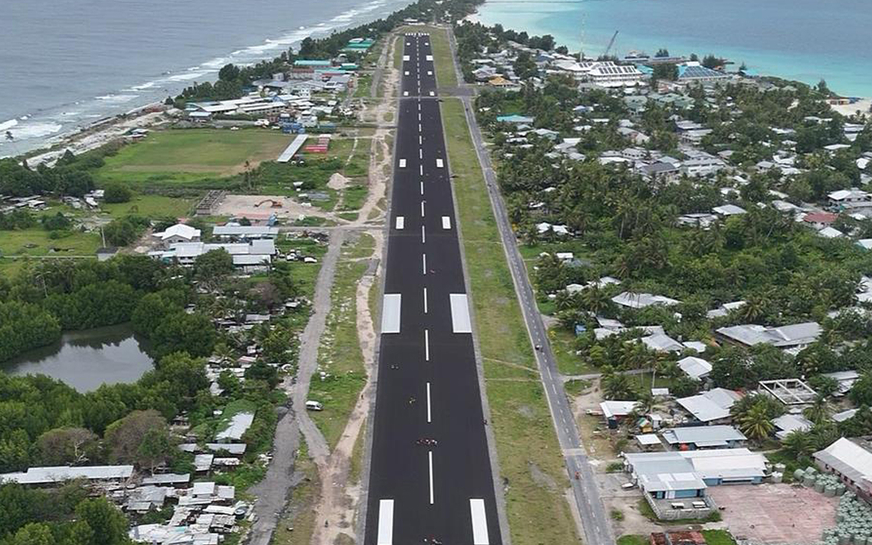The South African Air Force (SAAF) is facing what defence analysts are calling its most severe operational crisis in decades. Out of an official fleet of 330 aircraft, only six are currently serviceable, a figure that includes just two fighter jets, one helicopter, and three jet trainers.
The implications are stark. With only a handful of operational platforms, South Africa’s air defence posture is significantly diminished, its ability to respond to emergencies, be they natural disasters or national security threats, is compromised, and its troops are left without the vital air support needed during combat or peacekeeping operations.
“Back at home, we still have a very dire situation,” says Kobus Marais, a prominent defence analyst and shadow minister for defence. “We’ve got a constitutional obligation to protect the integrity of our country and secure the safety of our people, and we cannot do that at the moment.”
But the question being raised is, do we need a full air force and do we have the right aircraft? The industry has been responding, and the message is clear, the pride of our Air Force and its aircraft can merely be seen out of our review mirror.
A Collapsing Capability
While the official figure of 330 aircraft paints the image of a sizable force, reality tells a different story. Defence analyst Darren Olivier of the African Defence Review estimates the actual number of operational aircraft to be closer to 150–200, with serviceability rates as low as 15–20%.
The breakdown includes:
- Two serviceable Saab Gripen fighter jets
- Three BAE Hawk trainer aircraft
- One operational Oryx helicopter
The rest of the fleet, encompassing transport aircraft, maritime patrol platforms, surveillance drones, and additional rotary assets, remains grounded, predominantly due to budgetary constraints and lack of maintenance.
Interestingly, the Hawks were seen flying in March, likely post-maintenance, but that’s about as much activity as the fast-jet fleet sees now.
Budget Cuts and Misaligned Priorities
The crisis is underpinned by chronic underfunding. Personnel costs continue to absorb a disproportionate share of the defence budget, leaving little for maintenance, fleet renewal, or modernisation.
Aircraft like the ageing C-47TP transport planes have not been replaced, and the once-feared Rooivalk attack helicopters remain largely grounded due to both technical obsolescence and lack of support for their complex supply chains.
Despite its heroic service record in humanitarian and combat support roles, even the Oryx helicopter, the workhorse of the SAAF, is facing the twilight of its service life. A replacement has yet to be announced.
The Industry Voices: “What Are We Really Preparing For?”
Voices within the aviation and defence community have begun to openly question the purpose and structure of the SAAF in a modern South African context. Questions are being raised as to whether we really need fast jets anymore? In previous decades, we were at war against international enemies. Now, the threats are mainly domestic and border-related. With this in mind, the industry is proposing that perhaps a rotary wing fleet makes far more sense for humanitarian and internal security roles?
The suggestion is that South Africa may be better served by a leaner, more relevant force, perhaps even folding the current structure in favour of a rebuilt, mission-focused air service. Several experts have pointed out that platforms such as the Gripen and Rooivalk, while capable, are expensive to operate and maintain in peacetime, especially when faced with few credible air-to-air threats in the region.
If we look over the borders, South Africa’s neighbouring countries are currently operating ageing fleets; MiG-21s in Mozambique and Zimbabwe, the Canadair CF-5 in Botswana. This ensures that South Africa is not under imminent aerial threat. But, what could be better for the country, the industry has voiced, is better transport, maritime patrol capability, and a small but effective helicopter fleet.
Fleet Fragmentation and the Case for Rationalisation
Part of the problem, critics say, lies in the SAAF’s fragmented fleet structure. With over 10 types of transport aircraft and five different helicopters in inventory, logistics and maintenance have become increasingly complex and costly.
“Standardisation would go a long way in simplifying operations and reducing costs,” says an aviation logistics expert. “We should be asking: Do we really need this many different aircraft types, especially when many are not flying?”
Some suggest South Africa should have kept its Cheetah jets or invested in off-the-shelf alternatives rather than attempting costly indigenous upgrades like the Rooivalk programme.
The situation has also hamstrung the SAAF’s ability to train new pilots. With reports that only two Pilatus PC-7 MkIIs are airworthy, the pilot training pipeline is effectively stalled. Without airworthy trainers, there is little justification for recruiting new pilots, raising concerns about future aircrew availability.
Is it Time for a Strategic Reassessment?
This crisis in the air force is not an isolated issue; it mirrors broader challenges within South Africa’s defence sector. The Navy is under-equipped, the Army arguably bloated, and the country’s search-and-rescue obligations remain unmet.
There is a growing sentiment that the time has come to re-evaluate the purpose and structure of the SAAF. With peacekeeping operations dwindling and humanitarian needs rising, a force centred on rotary-wing platforms, maritime surveillance, and rapid-response transport may offer far more utility to South Africa in the coming decades.
Until then, the SAAF appears to remain grounded in more ways than one, trapped by history, politics, and a crippling lack of vision.
